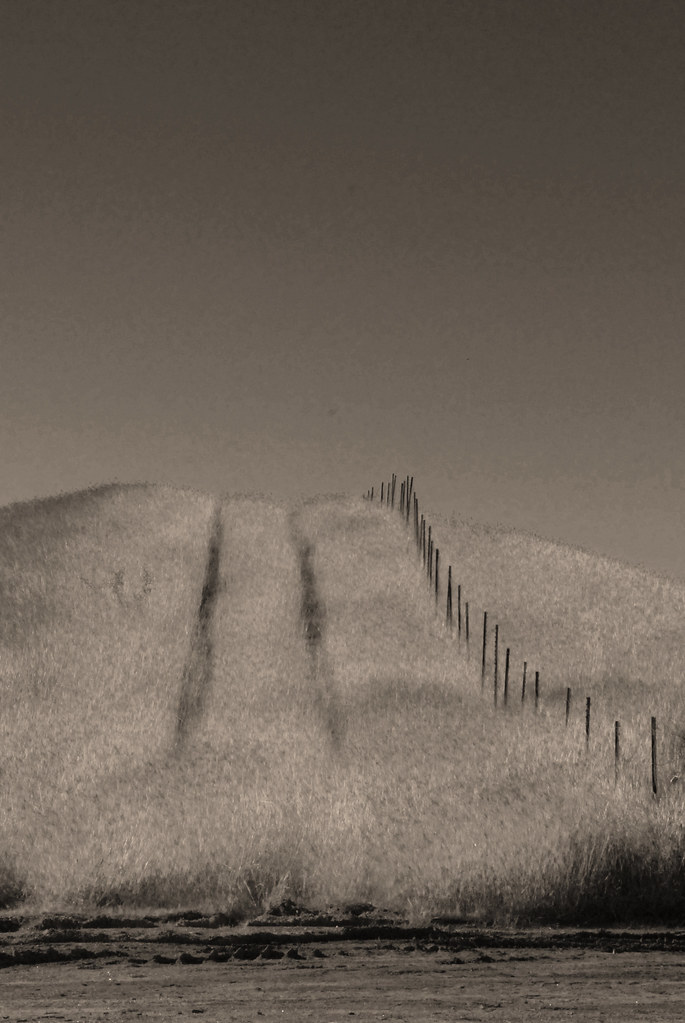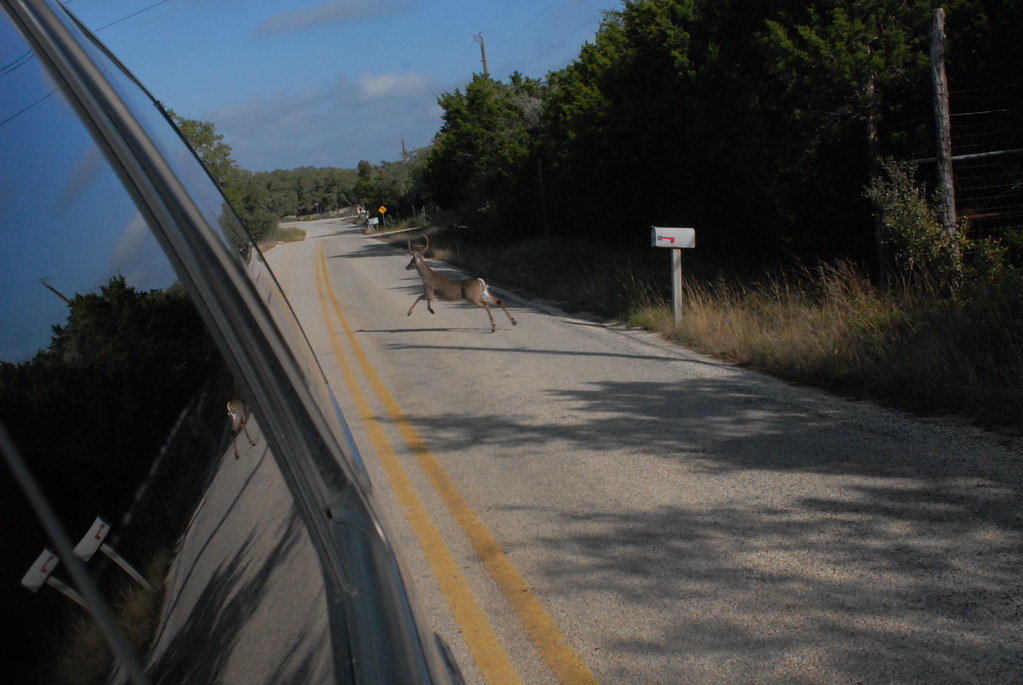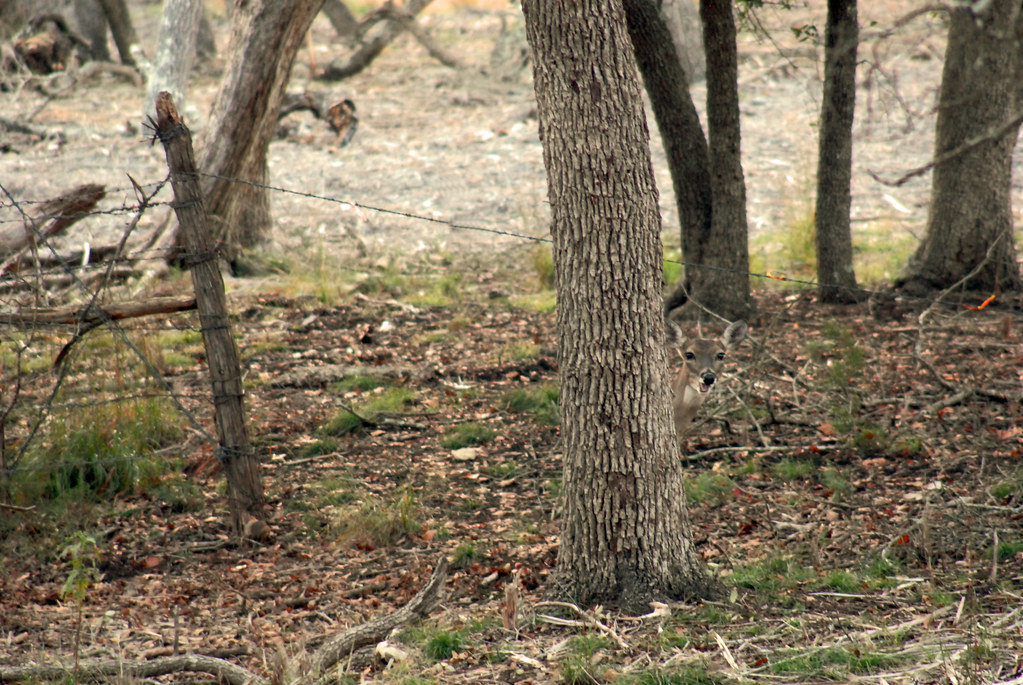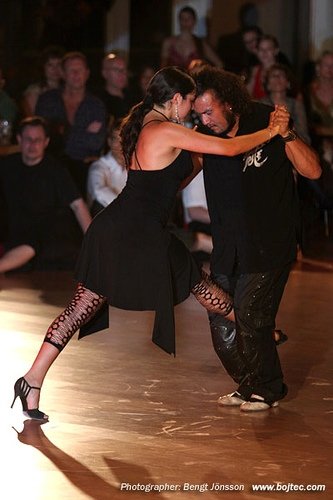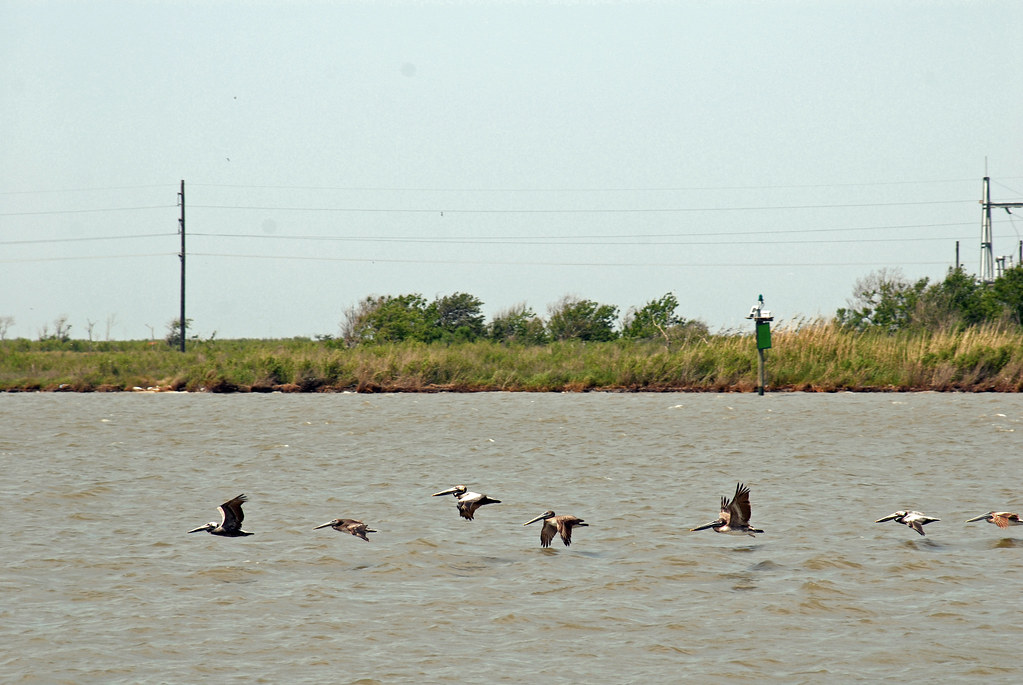
I've been pondering the subject of "Why am I green?" for some weeks or maybe even months now. You guys know I ponder a lot, and when I'm not a ponderin', I'm pontificating. Grin.
So I've been wondering what it is that makes me (or anyone) an environmentalist - a greenist. What is it that makes me care about this planet? Sometimes I wish I didn't give shit. I have been going back to my childhood and trying to recall elements/factors in my life, locale, and upbringing that may have formed the foundations of my earthy-ness. I remember my second ex-wife telling me when she first met me that I seemed "earthy" because of my leather watch band. I haven't worn a watch since then, I'm just now recalling. Cell phones ya know.
Anyway, on to the point. Or points. Sometimes, perhaps most times, I digress and get wordy or even verbose. But I digress. Grin.
THE EARLY YEARS :: THE SPORTSMAN'S PARADISE
Okay, so one of my earliest memories is going down to the coolie (Louisiana-speak for a large-ish ditch, but not a full blown bayou, which is pronounced "by you") with my best bud and our black lab(rador retriever) named "Blacky". We were four. All of us. Well, Blacky was two I think. Kyle, my bud, and I were four - maybe even three. Nah, three is too young to go fishing down at the coolie.
I don't want you to get the idea my mom was a bad mom or inattentive or anything - she's the best mom a man could ask for. It was me - my fault. I used to push a chair up to the door so I could unlock it and go 'a ramblin'. I was a ramblin' man at a very young age. An adventurer, an interloper. One time, I woke up at 6am, pushed the chair up to the door, unlocked it and headed on down the street to my favorite neighbor. I knocked on the door, or rang the doorbell, at 6am mind you, okay, 6:05. The mom came to the door. Without missing a beat, or any hesitancy whatsoever (as I recall), I presented my request.
"Do you have any chocolate chip cookies?" I remain addicted to cookies to this day.
But I digress. Grin...
So me and Kyle and Blacky would head down to the coolie to go "fishing" every chance we got. My mom says she would find us by looking for Blacky's tail - wagging the excitement and flagging the notification of where we were. I say "fishing" because we were too young at four or five to do things like use a rod and reel, tie knots and handle lures and such. But that didn't stop us. We just needed a good stick and some good imagination and we were "fishin".
So that's the first "outdoor", "nature" influence I can recall in my life.
The next is Butte La Rose. Our family, along with another family, leased a fishing "camp" on Butte La Rose. It was on a bayou, the ubiquitous reddish-brown muddy water of South Louisiana. Willow trees. Skeeters. Black moccasins. Poison ivy. Thickets of brush home to who knows what - in the mind of a four/five year old kid. All surrounding a basic ramshackle little shack - our weekend fishing camp.
So it was there that my mom dutifully trained me to pee on a bush. Being in the Louisiana wilderness, and being five, there was no inclination to be private about it and position oneself appropriately behind a tree. Whip it out and let 'er rip.
Which I promptly did on the next-door neighbor's bush, or shrubbery, the very next time I had to relieve myself outside. Boy did that cause a stink. I think the family with the young daughter was coming home from church or something, and I was out there in their yard in all my glory - nature boy - answering the call of nature.
THE NEW ORLEANS YEARS ::: THE MIGHTY MISSISSIP
1st through 5th grades. Mm. Kindergarten, too. Ms. McDonald. Ms Viviano, my first grade teacher. Wow. She was getting married and I begged my mom to buy her a gift. Somehow, we actually went to her house to give it to her. Not something you do these days. Politically incorrect bordering on inappropriate. Anyway, we're in her living room, giving her the gift, and a card I suppose - my mom was the consummate prim and proper mom - appropriate gifts, cards, social graces, thank you notes, southern hospitality.
So we're in her living room - and damned if I don't propose to her. Well, maybe not an actual marriage proposal, but I point blank ask her not to marry this guy, and to wait twelve years for me. I'm six, she's twenty-four or thereabouts. What can I say? She was hot.
But I digress. So the New Orleans years involved going fishing with my dad, playing junior golf at the Country Club (dad was huge golfer), and running off with neighbor buds to explore along the levee. I used to climb on the roof of our house - we had a flat/shed roof up high - a cape cod/saltbox kinda thing - and look at the ships plying up and down the mighty Mississip' (river) through my dad's binoculars.
We, my buds and I, would go exploring along the levee, up to no good with the innocent bent of grade school kids. Between the levee and the Mississippi were thick stands of green and dead and broken willow trees. There were also a few stranded barges - made into flop houses for drug addicts and hookers - we would sneak and crawl around and spy on the people inside - laying around doing whatever on nasty old mattresses. Dangerous stuff looking back on it now. But those were the days of innocence.
Boy Scouts. I remember being in Boy Scouts or Cub Scouts. I begged and pleaded with my dad to build a fire. A campfire. In the driveway. On the concrete. With bricks laid around it and on top. Small. Very small. A little camp fire of twigs and dead grass. I'll be careful. Please? Please? Thank you!
My brother, who was mowing the yard (I was still too young for this ever-so-desirable activity) walked by and asked what I was doing. "I'm building a campfire!", I excitedly replied. Excited is an understatement. I was overjoyed. My little twiggy fire was burning and smoking perfectly. I think I had even started it with magnifying glass - the "no match" fire.
My brother says "That's no fire. Stand back, I'll show you a fire." He proceeds to douse my baby blaze with gasoline from the gas can he's holding in his hand. Fire, being what fire is, and accelerants, being what accelerants are, did their thing together. The fire traveled up the stream of gas to the can, at which time my brother flung said can into the yard, leaving a trail of liquid flames across the dry, dead-ish thick St. Augustine lawn, and exploded in a ball of fire some twenty feet away from us. We were fine, but the yard was not. Dad was pissed. I don't remember the punishment.
Looking back now, and knowing my dad better (although he died when I was 21), "knowing" him better as I grew into adulthood without him - I would guess that he was somehow proud of his boys. Not your average run-of-the-mill slackers or ne'er-do-wells. No. We were more intellectual and creative than the neighbors.
Nawlin's recap: The mighty Mississip, the levees, the willows, the adventuring, fishing with dad, Cub Scouts, ships through binoculars, fire on the lawn, stomping around on the golf course and Miss Viviano.
THE MISSIONARY YEARS :: DEEP IN THE HEART OF MISSISSIPPI
6th through 8th grade. Junior High. This is where it gets serious, so I'll try to be more serious. Grin.
We moved from New Orleans to a small town just outside of Jackson, Mississippi. My dad was a geologist with Union Oil Company and he got transferred there to run the office I think. We joined the Episcopal Church. Actually it wasn't a church, it was a "mission". Imagine in the mid 1970's, the Episcopal Church sending their missionaries into deep Baptist Mississippi to start a church. I was told I was a sinner because we drank wine in church and swam in the pool with the opposite sex. Dancing was a sin, too, for these folks. Imagine what they think about Argentine Tango. Hard core religious zealots. In school, I was also told by the same God fearing God loving morally superior 12 year olds that I was a "niggerlover" because I drank after African-American kids at the water fountain, and sat with them at the lunch tables. Hey, I was from New Orleans. New Orleans. What's the big deal? They were my friends. The first ones to extend a warm and welcoming hand to this new kid in the school.
So that was one of my early socially conscientious experiences. It was wrong. I knew it was wrong. It felt wrong. Did that come from my parents? Where did that come from?
We ended up in a brand-spanking-new 3 bedroom, 2 bathroom house in a master-planned community called Crossgates. Middle class suburbia albeit in the country. The street was Cedar Cove. 12 Cedar Cove. A huge lake. Deep dark piney woods. A new German Sheppard puppy named Duke. A cat named Tiger. A banana seat stingray bicycle to explore my new world on. Yazoo clay.
My first explorations that summer started close to home - getting my bearings. Right behind our house - just a hop over the split-rail fence - sat an old, dilapidated antebellum plantation home. It was pretty run down as I recall. It had a long, straight drive approaching it, as is typical, with a row of stately magnolia trees on either side. Mature magnolias. Big'uns.
Within the first few months of being there, the developer bulldozed the house to start building condos or garden homes. As I recall they did leave the magnolia trees intact, lining either side of the new asphalt street. I remember being pissed. Angry. I wanted to do something about it. I did what any intrepid and creative 12 year old adventurer would do. I executed my first eco-sabotage. First and only? Perhaps.
I appropriated and redistributed all the rubber pipe gaskets and lubricant for the RCP drainage pipelines the were laying in the neighborhood. Appropriated on my red banana seat stingray bicycle with a sissy bar - several trips with gaskets looped over my shoulders - several trips with buckets of lube balanced on the seat between my legs - redistributed as deep in the forest as I could manage, never to be found.
Lucky little shit. Lucky I didn't get caught. I'm not sure, but I think I remember the foreman coming and knocking on our door and asking if I/we had seen anything. I was likely the primary suspect with all my explorations around the neighborhood.
I made friends. We explored the woods. We camped out, sleeping under the stars in our funky bedrolls. We appropriated plywood and lumber to build forts. We hunted in the woods. Well, we depleted the overpopulation of blackbirds in the woods. We made huge piles of pine needles and set them ablaze. No real blaze, but tons and tons of smoke. Huge clouds of thick white smoke that alarmed the National Guard. I joined the Boy Scouts. I went to Camp Kickapoo. My cat died. My first French kiss. What was her name? Going "steady". I was on the football team. All the typical Jr. High stuff. I remember writing a letter to the school administration. They had banned wearing flannel shirts unbuttoned as jackets over a T-shirt. That was the style back then. I wrote the letter. I protested. Where did that come from? My parents? Something genetic? Where?
Recap: First memories of a social conscience. Boy Scouts. Camp Kickapoo. My brother's senior trip to Devil's Tower. Running/exploring/camping in the woods and hills. Noticing nature. Watching storms roll in.
The Yazoo clay story I'll have to tell another time.
Stay tuned for Part Two.

